| 1972 | 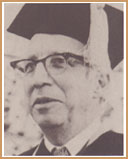 | William J. Kolff, U.S.A.
| In recognition of his contribution to human health through his invention of the artificial kidney. |
| 1972 | 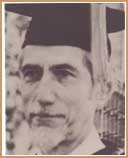 | Claude E.Shannon, U.S.A. | In recognition of his contribution to science and technology through his mathematical theory of communication now known as the Science of Information Theory. |
| 1974 |  | Alan Howard Cottrell, U.K. | In recognition of his contribution to science and technology through his comprehensive theories concerning the mechanical properties of materials. |
| 1974 | 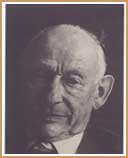 | Gershom Scholem, Israel | In recognition of his contribution to literature of profound insight into the life and mores of the peoples of the Middle East through his illuminating studies in Jewish mysticism. |
| 1975 | 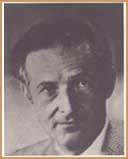
| George Klein, Sweden | In recognition of his contribution to human health through his discoveries in cancer immunology. |
| 1975 | 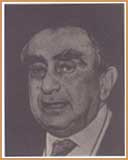 | Edward Teller, U.S.A. | In recognition of his contribution to science and technology through his discoveries in atomic, nuclear and solid state physics and their practical application for the production of energy. |
| 1976 | 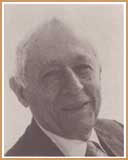 | Saul Lieberman, U.S.A. | In recognition of his investigations into the civilizations of the peoples of the Middle East in the Hellenistic and Roman periods, and for his great and profound commentaries on the sources of Talmudic literature. |
| 1976 |  | Herman F. Mark, U.S.A. | In recognition of his contribution to science and technology through his pioneering research, continuing studies, and educational efforts in the field of polymers and plastics. |
| 1977 |  | Seymour Benzer, U.S.A. | in recognition of his contribution to human health through his discoveries in molecular genetics and behaviour, which inspired the work and thoughts of a whole generation of modern experimental biologists. |
| 1977 | 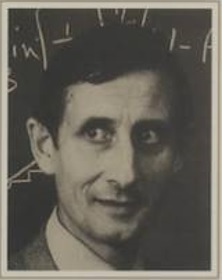 | Freeman John Dyson, U.S.A. | In recognition of his contribution to science and technology through his work in the fields of quantum electrodynamics, ferromagnetism, field theory, statistical mechanics and the stability of matter. |
| 1978 | 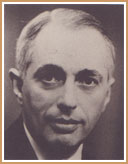 | Bernard Lewis, U.S.A. | In recognition of his profound insight into the life and mores of the peoples of the Middle East through his writings, which have increased awareness and understanding of Middle Eastern civilizations in academic and popular spheres. |
| 1978 |  | Isaak Wahl, Israel | In recognition of his research and techniques in the improvement of cereal grains, which have inspired today’s generation of scientists seeking to provide adequate food supplies for an ever-growing world population. |
| 1979 | 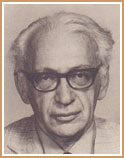 | Ephraim Racker, U.S.A. | In recognition of his fundamental contributions to the understanding of the complex process by which living beings harness energy, and the application of this knowledge to the correction of metabolic aberrations found in the diseased cell.
|
| 1980 | 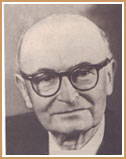
| Shlomo Dov Goitein, U.S.A. - Israel | In recognition of his monumental work on the everyday life, culture, society and economy of Jews and non-Jews in Moslem countries in the Middle Ages, and his numerous contributions in the field of Jewish and Arab history. |
| 1980 | 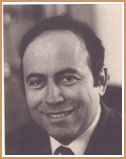 | Michael O.Rabin, Israel | In recognition of his outstanding contributions to computer theory. His ground-breaking work has served as a source of inspiration to computer scientists, thus setting the course of modern computer science. |
1981
|  | Hans W.Kosterlitz, U.K. | For his work on the discovery, identification and pharmacology of naturally occuring encephalins and opiates in the brain, which has exerted an all-embracing influence on neuroscientists working on the biochemistry and pharmacology of the brain. |
| 1981 | 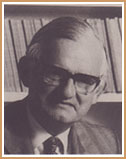 | James M.Lighthill, U.K. | In recognition of his pioneering research in fluid mechanics and his leadership in the application of mathematics to the engineering and biological sciences |
| 1982 | 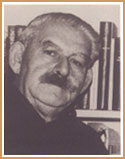 | Jacob Polotsky, Israel | In recognition of his outstanding contribution to the study of the languages of the Middle East leading to deeper insight into the cultural mores of its peoples. |
| 1982 | 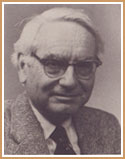 | Alvin M.Weinberg, U.S.A. | In recognition of his invaluable contribution to the field of nuclear physics and to the development of nuclear energy technology for peaceful purposes.
|
| 1983 |  | Robert Aumann, Israel
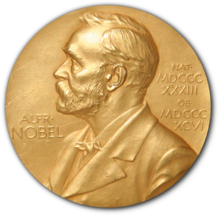
2005
| In recognition of his central role in the development of mathematical economics and game theory. His major contributions have been to the problems of markets with many traders; by idealizing to a "continuum" of participants he was able to exploit the sophisticated tools of mathematics of continua. |
| 1983 | 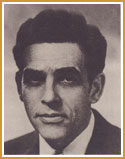 | Philip Leder, U.S.A. | In recognition of his outstanding contribution to the field of molecular genetics through the development of novel methods of analysis of gene structure and function. |
| 1984 | 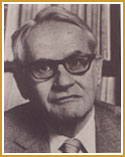 | Franz Rosenthal, U.S.A. | In recognition of his outstanding contribution to the deeper understanding of two important aspects of Semitic culture, namely the Aramaic language and Arabic literature; of his work on Aramaic and its offshoots to the organization of a comprehensive handbook of Aramaic dialects. |
| 1984 | 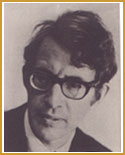 | Peter P.Sorokin, U.S.A. | In recognition of his outstanding contributions to the development of lasers and quantum electronics. His major contributions have been the invention of the dye laser and the tunable laser sources. |
| 1985 | 
| George Bernard Dantzig, U.S.A. | In recognition of his outstanding contribution to engineering and the sciences through his pioneering work in mathematical programming and his development of the simplex method. His work permits the solution of many previously intractable problems and has made linear programming into one of the most frequently used techniques of modern applied mathematics. |
| 1985 | 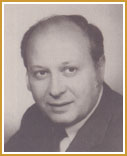 | Barnett Rosenberg, U.S.A. | In recognition of his outstanding contribution to medical research through his pioneering discovery of the value of platinum-based compounds, notably cis-platin, in treatment of testicular, ovarian and other cancers, and his persistence in proving their effectiveness. |
| 1986 | 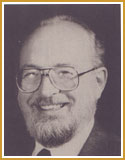 | Paul C.Lauterbur, U.S.A.

2003 | In recognition of his outstanding contribution to science and technology through his development of nuclear magnetic resonance techniques for generating images of the tissues of living organisms, an advance with many promising applications in medicine. |
| 1986 | 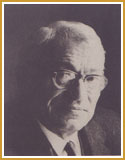 | Benjamin Mazar, Israel | In recognition of his unique work and achievements in the field of archaeology, geography and history of Eretz Israel and the people of Israel - and his outstanding contribution to the investigation of the cultures of the Middle East and coordination of results with the Scriptures of the Bible. |
| 1987 | 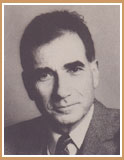
| Pierre Chambon, France | In recognition of his outstanding and fundamental contributions to the understanding of gene structure and regulation, the characterization of mammalian enhancer sequences and the analysis of steroid hormone binding sites; work which has opened new avenues in molecular biology and the genetic eukaryotic cells. |
| 1987 | 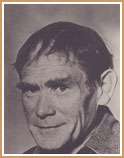 | Sidney Brenner, U.K.

2002 | In recognition of his pioneering contributions to molecular biology, in particular the invention of negative staining electron microscopy, his work on bacterial genetics and the solution of the genetic code, and his foundation of the field of nematode molecular genetics which has provided a major model for studies in the development and differentiation of multicellular organisms. |
| 1988 | 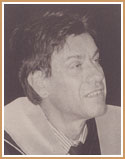
| Pierre-Gilles de Gennes, France

1991 | In recognition of his contributions to condensed matter physics through his work in the fields of superconductivity, liquid crystals, polymer physics and colloid and interface science.
|
| 1989 | 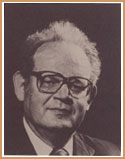 | Benoit B.Mandelbrot, U.S.A. | In recognition of his contribution to the development of the theory of fractals which has had a great impact on a variety of fields including physics, astronomy geography, chemistry, information theory, economics and applied mathematics. |
| 1990 | 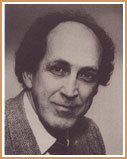 | Robert H.Dennard, U.S.A. | In recognition of his invention of the one-transistor dynamic memory cell which is the basis for the one-device DRAM (dynamic random access memory) memory chip used worldwide in computers and for his contribution to the scaling theory which has been widely used in the miniaturization of MOSFET (metal oxide semiconductor field-effect transistor) integrated circuits. |
| 1991 | 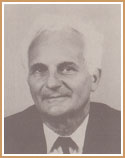 | Jacques-Louis Lions, France | In recognition of creating modern control theory in all its aspects and its application to physics and engineering, of his pioneering work in applying methods of functional analysis in the theory of linear as well as non-linear partial differential equations and numerical analysis and of his many contributions to applied mathematics - starting from the construction of mathematical models to practical problems, then giving a theoretic solution to these problems and ending up with numerical and algorithmic methods for computing them. |
| 1991 | 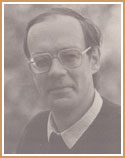 | Bert Sakmann, Germany

1991 | In recognition of his breakthrough achievements in developing the patch clamp technique which revolutionized modern electrophysiology by enabling studies of single ion channels, and of his significant contribution to the application of this approach to study ion channels on the molecular level utilizing genetic engineering techniques. |
| 1992 | 
| Mikhail Sergievich Gorbachev, U.S.S.R.

1990 | In appreciation of his seminal initiatives which had a profound impact on international relations and improved the quality of life of hundreds of millions of people. His policies manifested themselves in our region in the lessening of tensions, in a reduction in the arms race and in the promotion of cooperation between Israel and its neighbours. Moreover, his progressive humanitarian approach permitted emigration of the Jews and put an end to the persecution of Jewish culture and religion in the Soviet Union. |
| 1992 |  | Amnon Yariv, U.S.A. | In recognition of his pioneering contributions to opto-electronics, wave propagation in crystals and nonlinear and phase conjugate optics, and his demonstration of semiconductor-based integrated optics technology leading to the development of high-speed and stable solid state lasers. |
| 1993 | 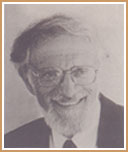
| Hillel Furstenberg, Israel | In recognition of his fundamental, ground-breaking work in ergodic theory and probability, Lie groups and topological dynamics. His recent brilliant application of some of these tools to resolve previously open problems in combinatorial number theory marked the dawn of a new era in this subject. |
| 1993 | 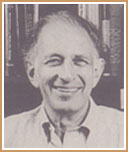
| Eric Kandel, U.S.A.

2000 | In recognition of his unique and fundamental contribution to the explication of the cellular and molecular basis of learning and memory. |
| 1993 | 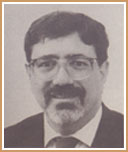 | Richard Zare, U.S.A. | In recognition of his unique contributions to the understanding of chemical reactions at the molecular level, which have transformed modern chemistry. He showed how laser spectroscopies can be used to study chemical processes, and has applied his methods also to the solution of open problems in chemical analysis. |
| 1994 | 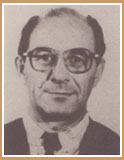 | Vladimir I.Arnold, Russia | In recognition of his basic contribution to the stability theory of Dynamical Systems, his pioneering work on singularity theory and seminal contributions to analysis and geometry.
|
| 1994 | 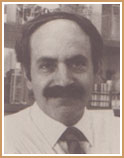 | Robert A.Weinberg, U.S.A. | In recognition of his outstanding research on the molecular biology of cancer. His major contributions have been the isolation of the first oncogene from human cancer and of a tumor suppressor gene whose loss of function promotes retinoblastoma. He also made important contributions to the understanding of the collaboration of different types of oncogenes in tumor formation. This work has laid the fundation to modern research on the malignant process, which should help develop better methods of treatment and prevention of cancer. |
| 1995 |  | John W.Cahn, U.S.A. | In recognition of his pioneering work on the theory of phase separation - spinodal decomposition, his basic contribution to wetting and wetting transition and fundamental studies of interfaces and quasi-periodic crystals. |
| 1995 | 
| Donald E.Knuth, U.S.A. | In recognition of his deep and lasting contributions to theory of computation, software, programming languages, mathematics and typesetting, his pioneering work on analysis of algorithms and attribute grammars, and his development of TEX and METAFONT, both immensely practical, elegant, revolutionary, and very popular advances to computer-aided typesetting. |
| 1996 | 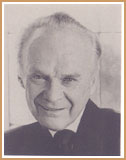 | C. Walton Lillehei, U.S.A. | In recognition of his pioneering role in the introduction, innovation and development of open heart surgery and his seminal contributions to the invention of the heart-lung machine and the pacemaker. |
| 1996 |  | Claude Cohen-Tannoudji, France

1997 | In recognition of his contributions to modern quantum optics, in particular, development of new optical detection methods, laser spectroscopy, optical pumping, and laser trapping and cooling of atoms, leading to the lowest temperatures attained by man. |
1997
| 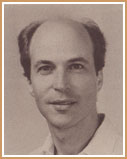 | Roger D.Kornberg, U.S.A.

2006 | In recognition of his outstanding research on the structure and expression of genes in eukaryotic organisms. His major contributions include: The discovery of the structure of the nucleosome, the basic repeating unit of chromatin. Spectacular and pioneering studies on the structure and function of the large enzymatic complexes which carry out the process of RNA transcription, the first step in the expression of genes. |
| 1998 |  | Richard Karp, U.S.A. | In recognition of his leadership and achievements in the areas of theoretical computer science and operations research, in particular for his fundamental contributions to the development of numerous combinatorical algorithms. |
| 1998 |  | K. Barry Sharpless, U.S.A.

2001 | In recognition of his outstanding research in organic chemistry, in particular, for his pioneering contributions in the field of catalytic asymmetric synthesis, which has had major impact on organic synthesis. |
| 1999 | 
| Elizabeth H.Blackburn, U.S.A.

2009 | In recognition of her pioneering discoveries and leadership in the rapidly evolving field of research on telomers, the ends of chromosomes. Her work has had a major impact on aging research and has led to novel approaches to cancer diagnostics and therapy. |
| 1999 | 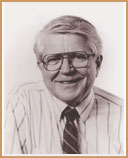 | Robert G.Gallager, U.S.A. | In recognition of his pioneering work and fundamental contributions to Information and Coding Theories and for his profound insight into the Theory of Computer Networking, which have inspired the work of many generations of communication engineers and scientists. |
| 2000 |  | David J.Gross, U.S.A.

2004 | In recognition for his many contributions to all aspects of elementary particle physics and in particular for the discovery of the "Asymptotic Freedom" property of the strong interactions among the most elementary constituents of matter. |
| 2000 | 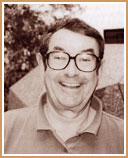 | Harry B.Gray, U.S.A. | In recognition for his pioneering contributions to inorganic and bioinorganic chemistry. In particular for his studies of reaction mechanisms and the nature of the chemical bond in transition metal complexes and of the long-range electron transfer in proteins. |
| 2001 | 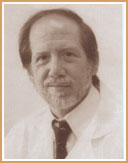 | Bert Vogelstein, U.S.A. | In recognition of his research that resulted in the establishment of a detailed genetic model, which links the formation and progression of colorectal cancer with sequential mutations in specific proto-oncogenes and tumor suppressor genes. He has also identified mutations in specific genes that protect cells against damage to their genomes. These mutations cause genomic instability and promote the formation and progression of tumors. Professor Vogelstein's pioneering discoveries have profoundly changed our understanding of the causes of human cancer. |
2001
| 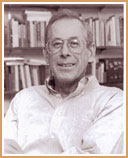 | James E. Peebles, U.S.A.

2019 | In recognition of his classic work on cosmic microwave background radiation and setting the physical basis for the hot big bang theory. For his seminal contributions to the understanding of the origin of our universe, the creation of the lightest elements, and the formation of galaxies and clustering. For his leadership in defining the challenges of modern cosmology during the last forty years. |
2002
| 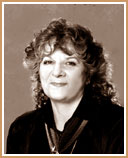 | Ada E. Yonath, Israel

2009 | In recognition for her pioneering crystallographic studies on the ribosome, initiated more than a decade before other scientists were ready to tackle such a bold venture. In particular, for her discoveries in structural biology that have shed light on the makeup and function of the ribosome, the protein synthetic machinery of living cells. These discoveries have led to the rational design of new antibiotic drugs. |
| 2002 | 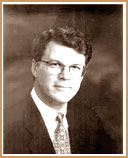 | Peter B. Dervan, U.S.A | In recognition for his pioneering studies that have laid down the foundations for gene regulation by small molecules. In particular, for combining the art of organic synthesis, physical chemistry and biology to create novel synthetic molecules, with high affinity and sequence specificity, comparable to Nature's proteins for any predetermined sequence of the genetic material, DNA. This approach holds profound potential implications for human medicine. |
| 2003 | 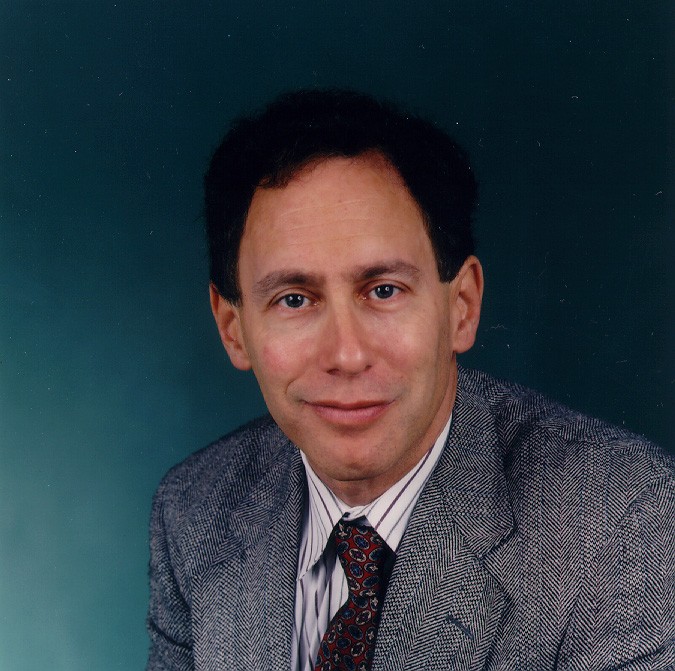 | Robert S. Langer, U.S.A | In recognition of his pioneering and ongoing research in biomedical engineering, biomaterials, tissue engineering and biotechnology and his outstanding achievements in these areas. By synthesizing rationally designed
polymers he was able to perform controlled and localized drug release. Other polymers he synthesized are widely applied in gene-therapy and enzyme immobilization. He is one of the pioneers of tissue engineering and his scientific discoveries have saved and enhanced the lives of millions of people. |
| 2004 | 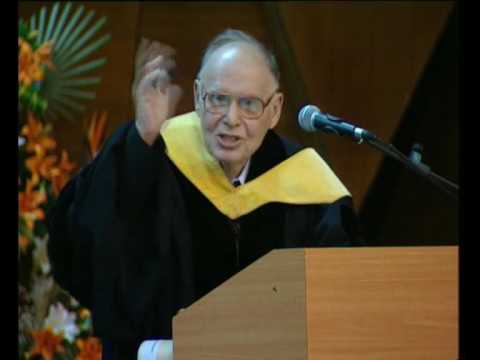 | Arthur Ashkin, U.S.A.

2018 | In recognition of his pioneering theoretical and experimental research on manipulation of particles by laser light forces, including the invention of "optical tweezers", which revolutionized atomic and biological physics, and for his basic contributions to nonlinear optics. |
2004
|  | Wayne A. Hendrickson, U.S.A. | In recognition of his seminal scientific and technological accomplishments that have revolutionized the field of structural biology. His pioneering work has illuminated issues that are in the forefront of biology and medicine, leading to the enhancement of human health. His achievements continue to shed light on the pathological processes of devastating diseases, such as cystic fribrosis and AIDS. |
| 2005 |  | Edward Witten, U.S.A | For his work on Superstring Theory, which has created a revolution in theoretical Physics and Mathematics and has attracted many of the brightest scientists in the world. Professor Witten has been the leading figure in building this framework, which bridges the widest chasm in physics, that between Quantum Theory and Gravitation. |
| 2005 |  | Wolfgang Baumeister, Germany | For his discovery of new macromolecular complexes essential for protein folding and degradation and for his contributions to understanding chaperonins and proteasomes. He has also played a pioneering role in the development of cryoelectron tomography, a technique which makes possible high-resolution visualization of supramolecular structures within cells. |
| 2006 | 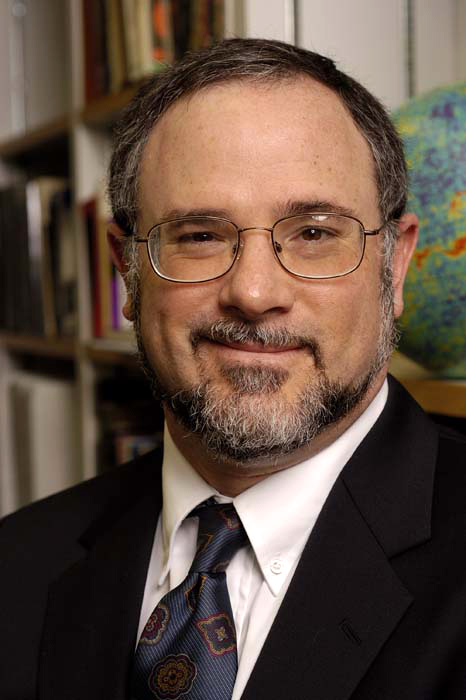 | Charles L. Bennett, U.S.A. | In recognition of his significant advancement of the knowledge of cosmology through pioneering measurements of the Cosmic Microwave Background. Initial groundbreaking work using NASA's Cosmic Background Explorer satellite was followed by his leadership of NASA's Wilkinson Microwave Anisotropy Probe project, which led to the precise determination of the age, composition and curvature of the universe. |
2006
| 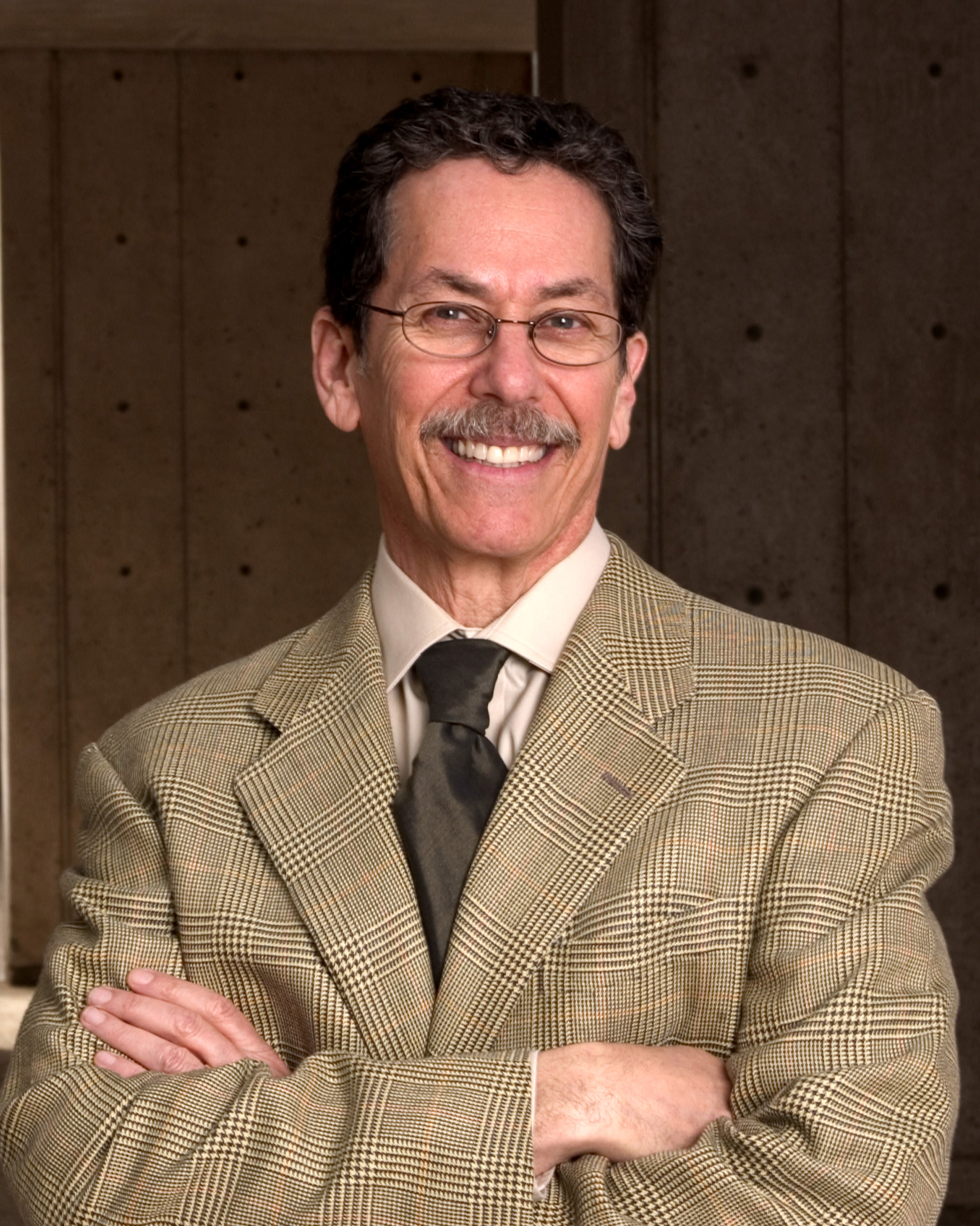 | Ronald M. Evans, U.S.A. | In recognition of his discovery of a super-family of genes encoding nuclear hormone receptors and the elucidation of their universal ability to affect gene expression and thereby virtually every developmental and metabolic pathway. Professor Evans' work is already yielding benefits in drug discovery for cancer, muscular dystrophies, osteoporosis, type II diabetes, obesity, and cardiovascular diseases. |
| 2007 | 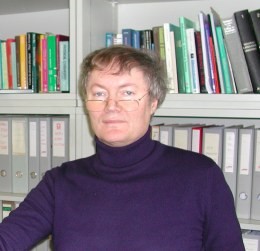 | Michael Grätzel, Switzerland | In recognition of his pioneered research on energy and electron transfer reactions in mesoscopic-materials and their optoelectronic applications. His work led to ground breaking studies in the area of mesoscopic semiconductors and has stimulated a wide front of new research and leading, in particular, to the invention of a new type of solar cell based on nanocrystalline oxide semiconductor films. The prototype of this new photovoltaic family is the dye-sensitized solar cell (DSC). These cells operate in an entirely different fashion than conventional solar p/n junction semiconductor photovoltaic devices, mimicking the principles of natural photosynthesis. Professor Graetzel’s revolutionary discovery achieved for the first time the separation of solar light harvesting and charge carrier transport in a photovoltaic conversion process. |
| 2007 |  | Stephen E. Harris, U.S.A. | In recognition of his pioneering experimental and theoretical contributions to basic research in numerous areas of quantum electronics, laser physics, nonlinear optics, and generation of extreme-ultraviolet laser light. Noted groundbreaking achievement includes the discovery of Electromagnetically-Induced Transparency (EIT) and its implementations in lasing without population-inversion, nonlinear optics at maximal coherence, and for slowing down of light to incredibly low velocities. |
| 2008 | 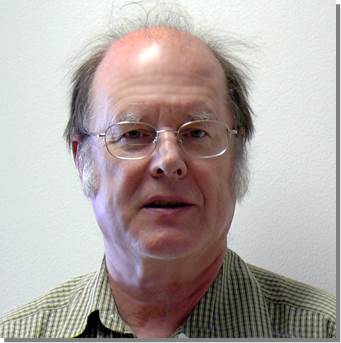 | Charles H. Bennett, U.S.A. | In recognition of his seminal role in founding and advancing the field of Quantum Information and Quantum Computation, inventing entirely new ways of understanding fundamental quantum phenomena and thus connecting physics to branches of information and computational complexity. Dr. Bennett's work demonstrated that the notion of information illuminates in a fundamentally new way basic aspects of quantum theory. His major contributions in physics, in particular on the foundation of quantum mechanics and the physics of information, have strong implications on basic science as well as a potential for a future revolution in computational technology and cryptography. |
| 2008 | 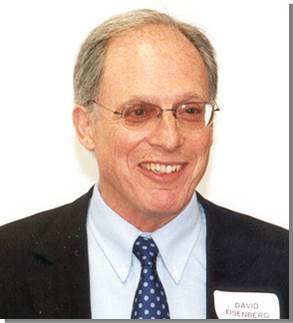 | David Eisenberg, U.S.A. | In recognition of his contribution, pushing the technical limits of crystallography, elucidating the structure of amyloid fibrils. Given the involvement of amyloid plaques in numerous diseases, including neurodegenerative disorders, understanding their structure has become a central goal of structural biology allied to medicine. Professor Eisenberg's achievements extend well beyond the specific systems he has worked on, and the structures he has solved. He contributed to the understanding of the fundamental properties of proteins, the basis of protein folding, how interactions among proteins occur, describing the phenomena of "domain swapping" and the predictions of function from sequence. His recent works on functional linkages between pairs of proteins includes vital medical application to the rare leprosy disease and to cancer. |
| 2009 | 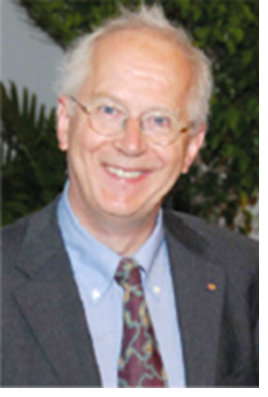 | David C. Baulcombe, U.K. | In recognition of his seminal role in discovering the key function of short RNA molecules and his great influence in the life sciences, where short RNAs are exploited for improving agriculture and for therapeutic tools in major diseases such as cancer, viral infections, and neurodegenerative disorders. |
| 2009 |  | Shuji Nakamura, U.S.A.

2014 | In recognition of his seminal contribution to nitride containing white light LEDs which revolutionize energy efficient lighting system. |
| 2010 | 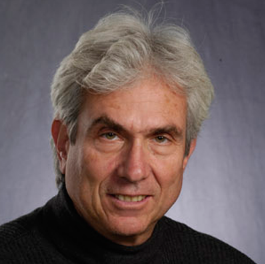 | Michael Karin, U.S.A. | In recognition of his pioneering research that has led to the deciphering of the molecular mechanisms by which mammalian cells respond to inflammatory cytokines, environmental stress and various pathogens. |
| 2010 |  | Alexander M. Polyakov, U.S.A.
| In recognition of his many contributions to the revolutionary theories that shaped our contemporary understanding of elementary particles and forces in nature. |
| 2011 | 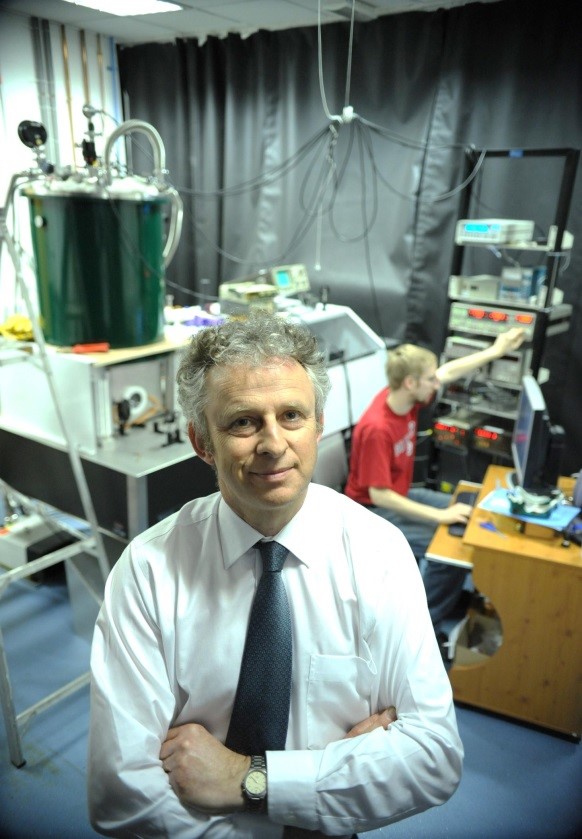 | Richard H. Friend, U.K
| In recognition of his outstanding contributions to science and technology, which are already making an impact on the semi-conductor industry and our lives. |
| 2011 | 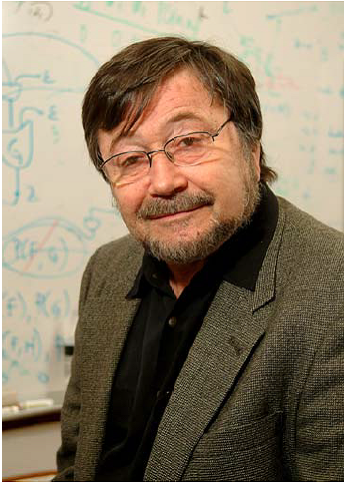 | Judea Pearl, U.S.A.
| In recognition of his foundational work that has touched a multitude of spheres of modern life. |
2012
|  | Eric Lander, U.S.A. | In recognition of his significant contributions to the field of genomics, as the driving force behind most of the major advances in this field. He has made important contributions by both developing methods to exploit the power of genetic information and leading large endeavors to identify and annotate entire genomes. Most notably he consolidated the efforts of the human genome project and first-authored the
resulting historic manuscript. Prof. Lander also pioneered the analysis of the genetic components underlying complex diseases, including cancer.
|
| 2012 | 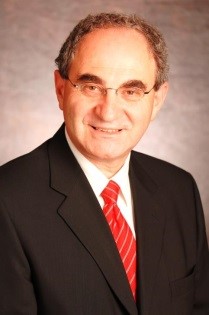 | Eli Yablonovitch, U.S.A.
| In recognition of his pioneering discoveries in the fields of photonics, optoelectronics, and semiconductors. His groundbreaking studies are highly influential and broad in scope, combining deep physical insights with an applied technological approach.
Prof Yablonovitch established the field of photonic crystals and photonic band gap engineering, made fundamental and pioneering contributions to the research and development of photovoltaic cells, and the design and improved performance of
semiconductor lasers.
|
| 2013 | 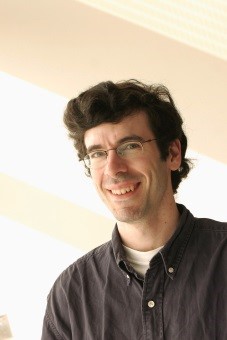
| Jon M. Kleinberg, U.S.A. | In recognition of his seminal contributions to, and leadership in, the newly emerging science of information networks. This includes his groundbreaking work on the characterization of the structure of the World Wide Web in terms of hubs and authorities, his analysis of small-world phenomena, and his work on the propagation of influence in networks.
|
| 2013 |  | Paul B. Corkum, Canada | In recognition of his seminal contributions to the field of attosecond science, enabling resolving electronic motion in atoms and molecules. For more than two decades, he has been a leader and pioneer in the field of ultrafast laser spectroscopy, generating powerful insights and experiments. Prof. Corkum's ability to create intuitive models for very complex phenomena played the key role in establishing attosecond spectroscopy. |
2014
| 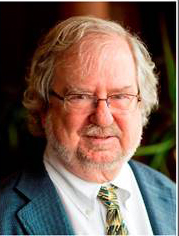 | James P. Allison, U.S.A

2018 | In recognition of his fundamental contributions to immunology and of his advancement of new immunotherapeutic agents against cancer. Professor Ellison’s seminal achievements include the identification of the T-cell receptor and its co-stimulatory molecule CD28 and the discovery of a critical T-cell inhibitor CTLA-4. He was the driving force behind the development of an effective anti CTLA4 anti-tumor antibody. This groundbreaking achievement presents an innovative strategy of treating cancer patients with a new class of T-cell specific immunotherapeutic agents. |
2014
| 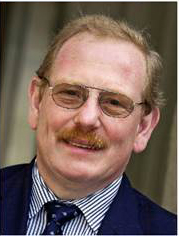 | Reinhard Genzel, Germany

2020 | In recognition of developing many novel ground, airborne and space-based instruments enabling the tracking of the motion of stars with unprecedented precision extremely close to the Galactic center and thus, to be the first to provide irrefutable evidence for the existence of massive black hole at the Galactic center. |
| 2015 |  | Immanuel Bloch, Germany | In recognition of his fundamental contributions in the field of light and matter interactions in quantum many-body systems.
In particular, Prof. Bloch is recognized for his pioneering experiments realizing quantum simulators using cold atoms trapped in crystals of light, thereby establishing a new research field at the interface of condensed matter, atomic physics, and quantum optics. |
| 2015 |  | Marc W. Kirschner, U.S.A | In recognition of his groundbreaking and pioneering discoveries which have opened new fields in three fundamental areas of modern biology: embryology, cell cycle and cell organization.
In each of these fields, Prof. Kirschner's work introduced timing and dynamics uncovering the molecular processes that orchestrate embryo development, the autonomous oscillator of the cell cycle, and revealing the dynamic instability underlying the seemingly static organization of the cytoskeleton. |
| 2016 | 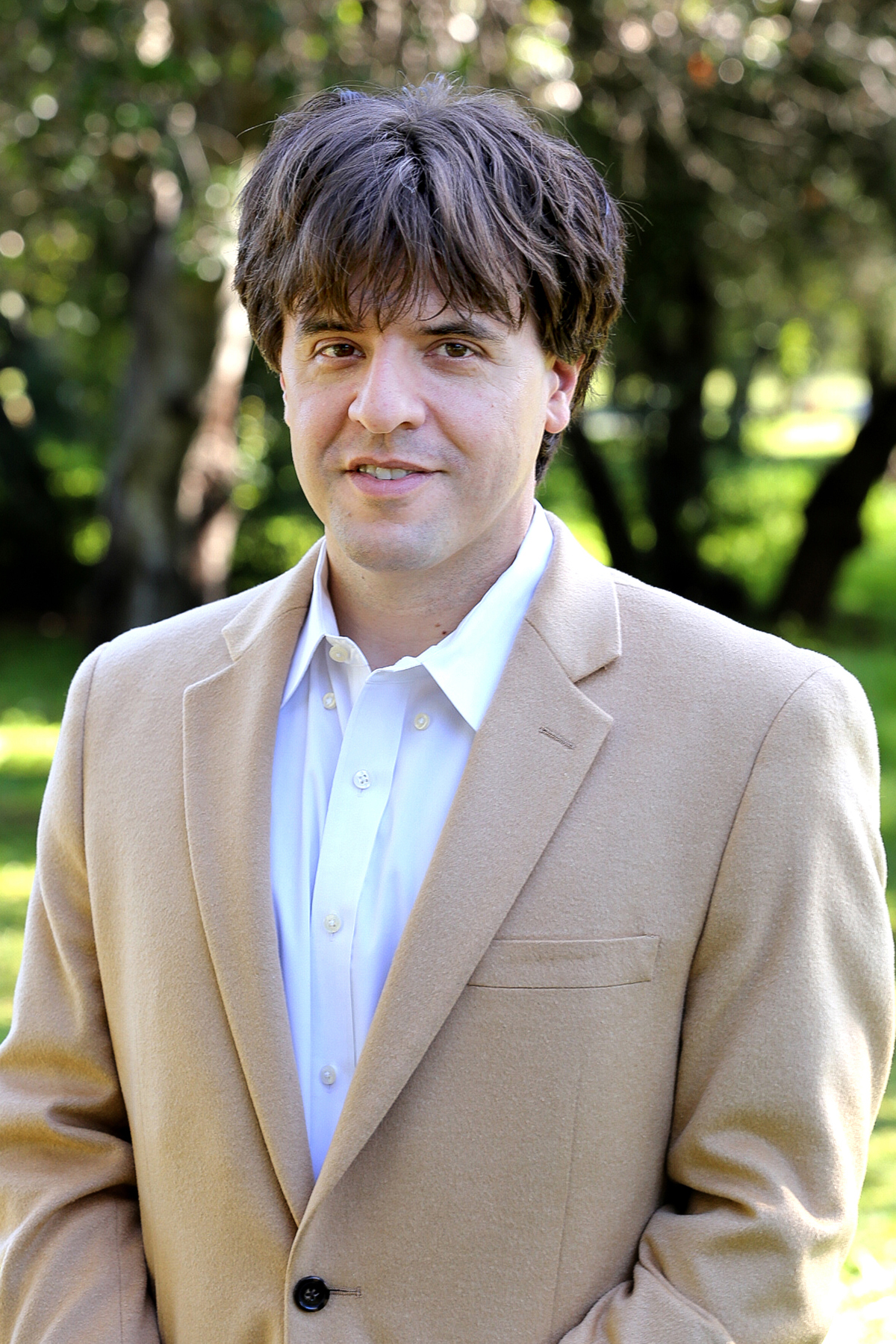 | Karl Deisseroth | The 2016 Harvey Prize in the field of Human Health is awarded to Prof. Karl Diesseroth and Prof. Peter Hegemann for their discovery of opsin molecules, involved in sensing light in microorganisms, and their pioneering work in utilizing these opsins to develop "optogenetics". This innovative approach has revolutionized neurobiology, enabling to study neuron functionality in live animals and the relationship between neural circuits and behavior. |
| 2016 | 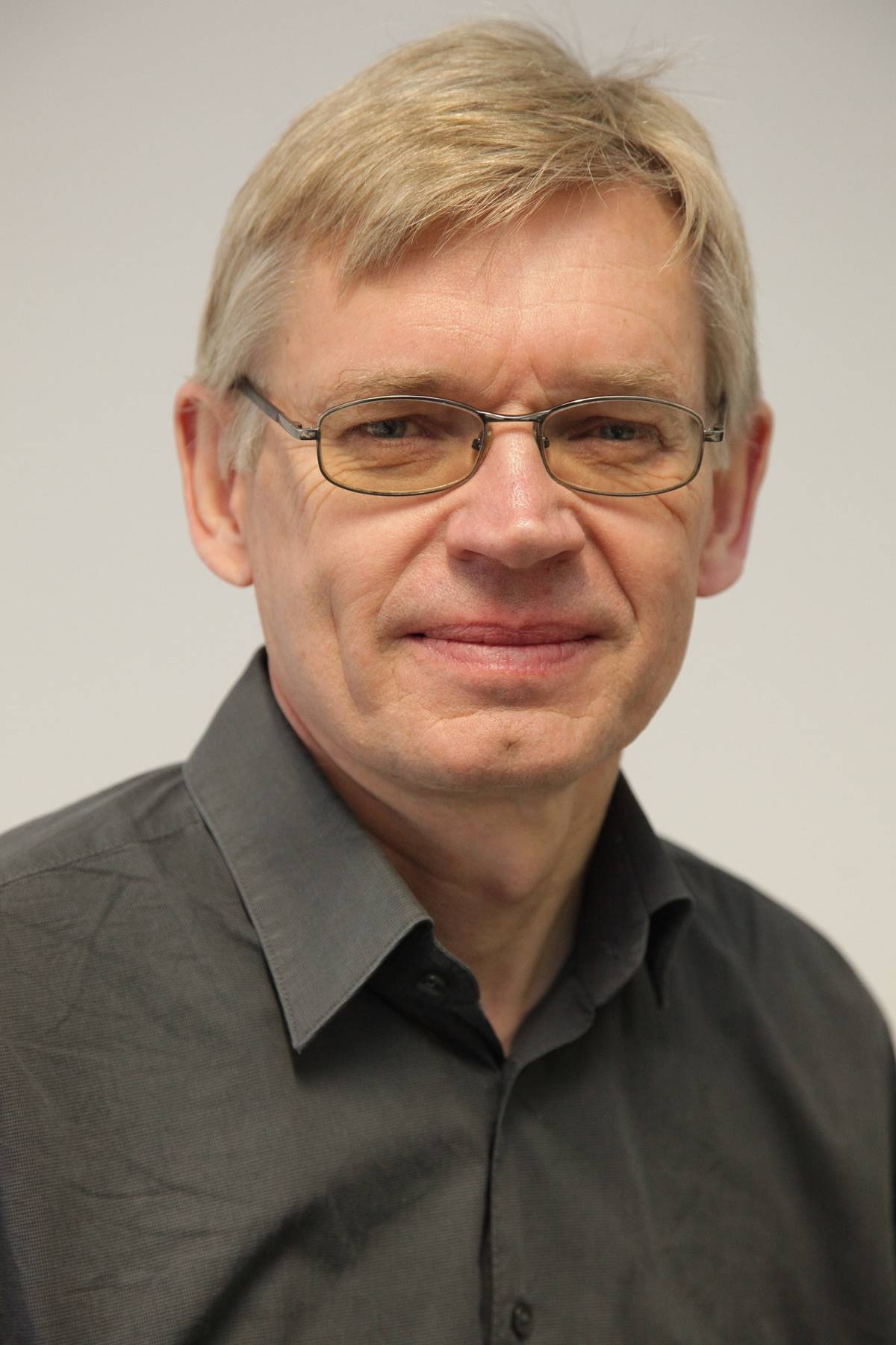 | Peter Hegemann | The 2016 Harvey Prize in the field of Human Health is awarded to Prof. Karl Diesseroth and Prof. Peter Hegemann for their discovery of opsin molecules, involved in sensing light in microorganisms, and their pioneering work in utilizing these opsins to develop "optogenetics". This innovative approach has revolutionized neurobiology, enabling to study neuron functionality in live animals and the relationship between neural circuits and behavior. |
| 2016 |  | Kip S. Thorne

2017 | The 2016 Harvey Prize in Science and Technology is awarded to professors Ronald W.P. Drever, Kip S. Thorne and Rainer Weiss, the co-founders of the LIGO experiment, for the first direct detection of gravitational waves, confirming a central prediction of Einstein’s General Relativity and opening a new window to the Universe. The prize is also awarded for identifying the source as a merger of two giant black holes, and for the unprecedented technological achievement represented by this laser interferometer experiment. |
| 2016 |  | Rainer Weiss

2017 | The 2016 Harvey Prize in Science and Technology is awarded to professors Ronald W.P. Drever, Kip S. Thorne and Rainer Weiss, the co-founders of the LIGO experiment, for the first direct detection of gravitational waves, confirming a central prediction of Einstein’s General Relativity and opening a new window to the Universe. The prize is also awarded for identifying the source as a merger of two giant black holes, and for the unprecedented technological achievement represented by this laser interferometer experiment.
|
| 2016 | 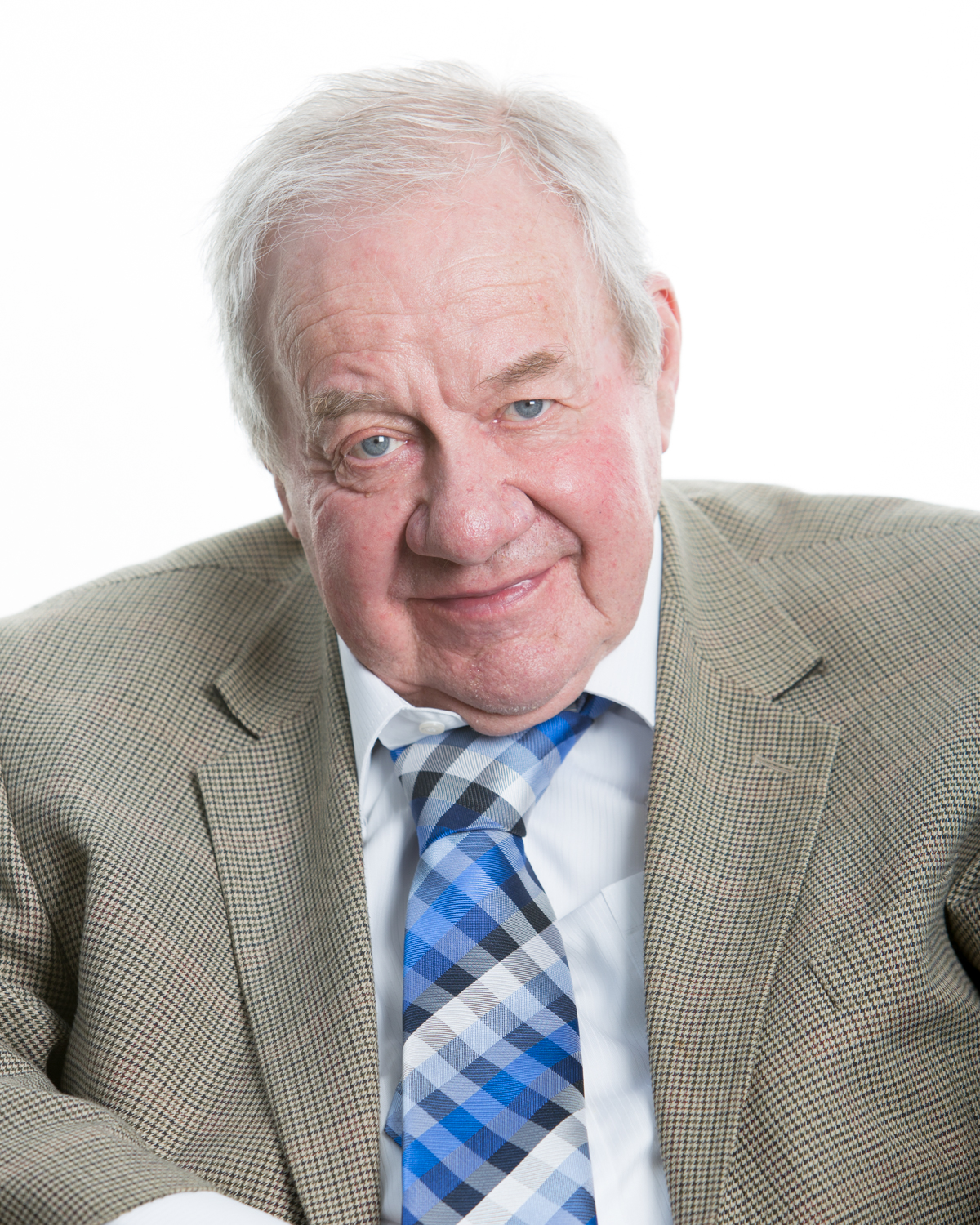 | Ronald Drever | The 2016 Harvey Prize in Science and Technology is awarded to professors Ronald W.P. Drever, Kip S. Thorne and Rainer Weiss, the co-founders of the LIGO experiment, for the first direct detection of gravitational waves, confirming a central prediction of Einstein’s General Relativity and opening a new window to the Universe. The prize is also awarded for identifying the source as a merger of two giant black holes, and for the unprecedented technological achievement represented by this laser interferometer experiment.
|
| 2017 | 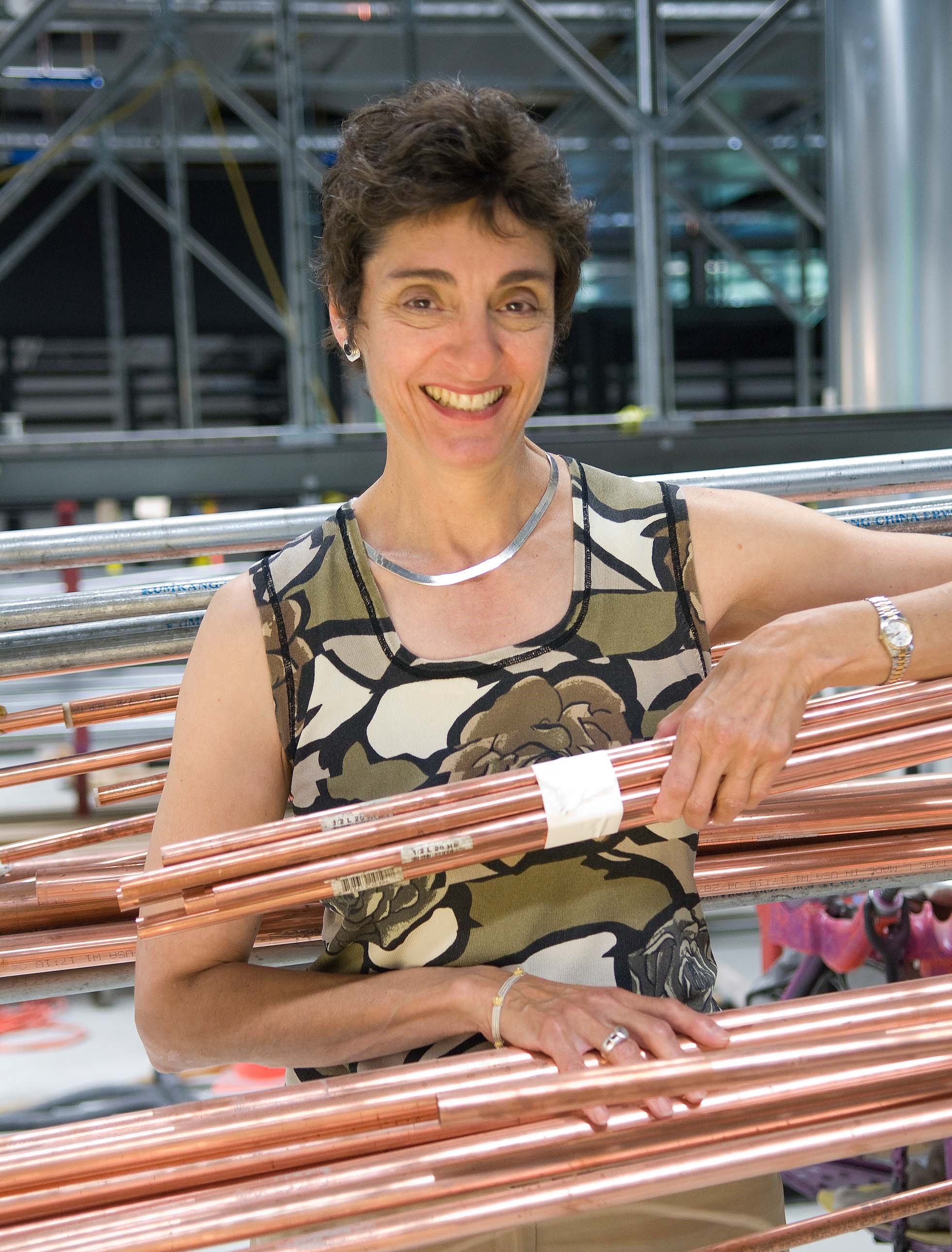 | Carla Shatz | For her discoveries concerning the emergence and function of brain circuits for vision. Her major contributions include fundamental discoveries about how brain circuits in the developing visual system are fine-tuned with experience and neural activity. Her outstanding molecular and circuit level findings have therapeutic implications for treating memory loss in aging and neurodevelopmental diseases.
|
| 2017 | 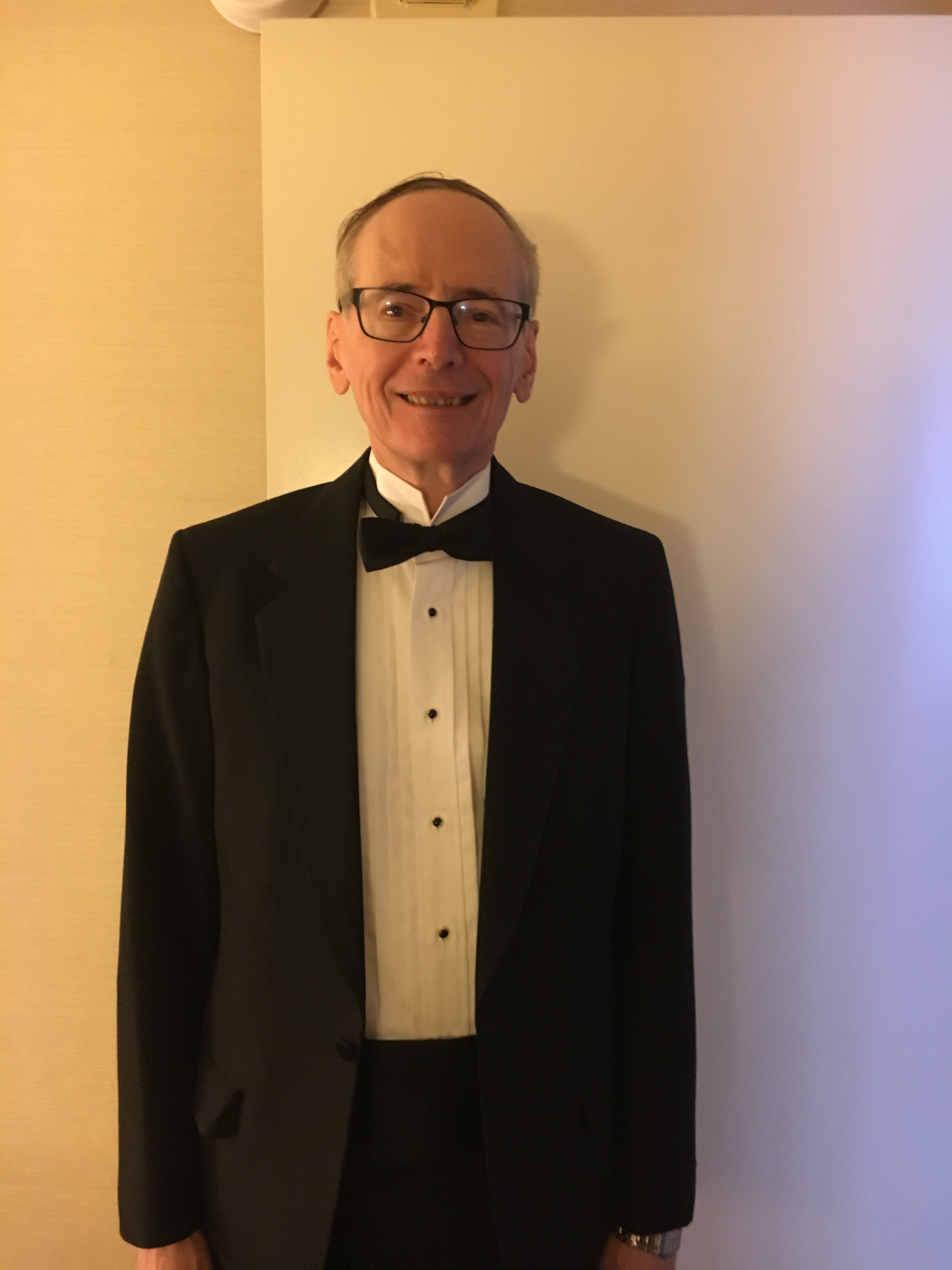 | Tobin Marks | For his ground-breaking research, of both fundamental and practical significance, in the areas of catalysis, organo-f-element chemistry, electronic and photonic materials, and coordination chemistry, which have strongly impacted contemporary chemical science. |
| 2018 |  | Jennifer Doudna

2020 | For their remarkable contribution to the understanding of key aspects of the CRISPR-Cas9 bacterial defense system and its application as programmable genome editing tools for eukaryotic cells.
Specific Acknowledgment
Prof. Doudna and Prof. Charpentier for elucidation of the structural biology and biochemistry of the CRISPR-Cas9 system and its translation to applied science.
Prof. Zhang for refining and expanding the CRISPR-Cas9 toolbox for basic research and therapeutic use and for making the system an open source for researchers around the globe.
|
| 2018 | 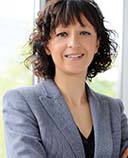 | Emmanuelle Charpentier

2020 | For their remarkable contribution to the understanding of key aspects of the CRISPR-Cas9 bacterial defense system and its application as programmable genome editing tools for eukaryotic cells.
Specific Acknowledgment
Prof. Doudna and Prof. Charpentier for elucidation of the structural biology and biochemistry of the CRISPR-Cas9 system and its translation to applied science.
Prof. Zhang for refining and expanding the CRISPR-Cas9 toolbox for basic research and therapeutic use and for making the system an open source for researchers around the globe.
|
| 2018 | 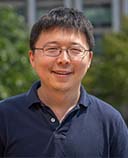 | Feng Zhang | For their remarkable contribution to the understanding of key aspects of the CRISPR-Cas9 bacterial defense system and its application as programmable genome editing tools for eukaryotic cells.
Specific Acknowledgment
Prof. Doudna and Prof. Charpentier for elucidation of the structural biology and biochemistry of the CRISPR-Cas9 system and its translation to applied science.
Prof. Zhang for refining and expanding the CRISPR-Cas9 toolbox for basic research and therapeutic use and for making the system an open source for researchers around the globe.
|
| 2018 |  | Christos H. Papadimitriou | for his fundamental, pioneering, visionary and overarching contributions to Computer Science, via the development of the theory of algorithms and complexity, and its connections to the physical and applied sciences. His contribution in founding algorithmic game theory, defining central concepts and key questions allowed to prove fundamental results. |
| 2019 | 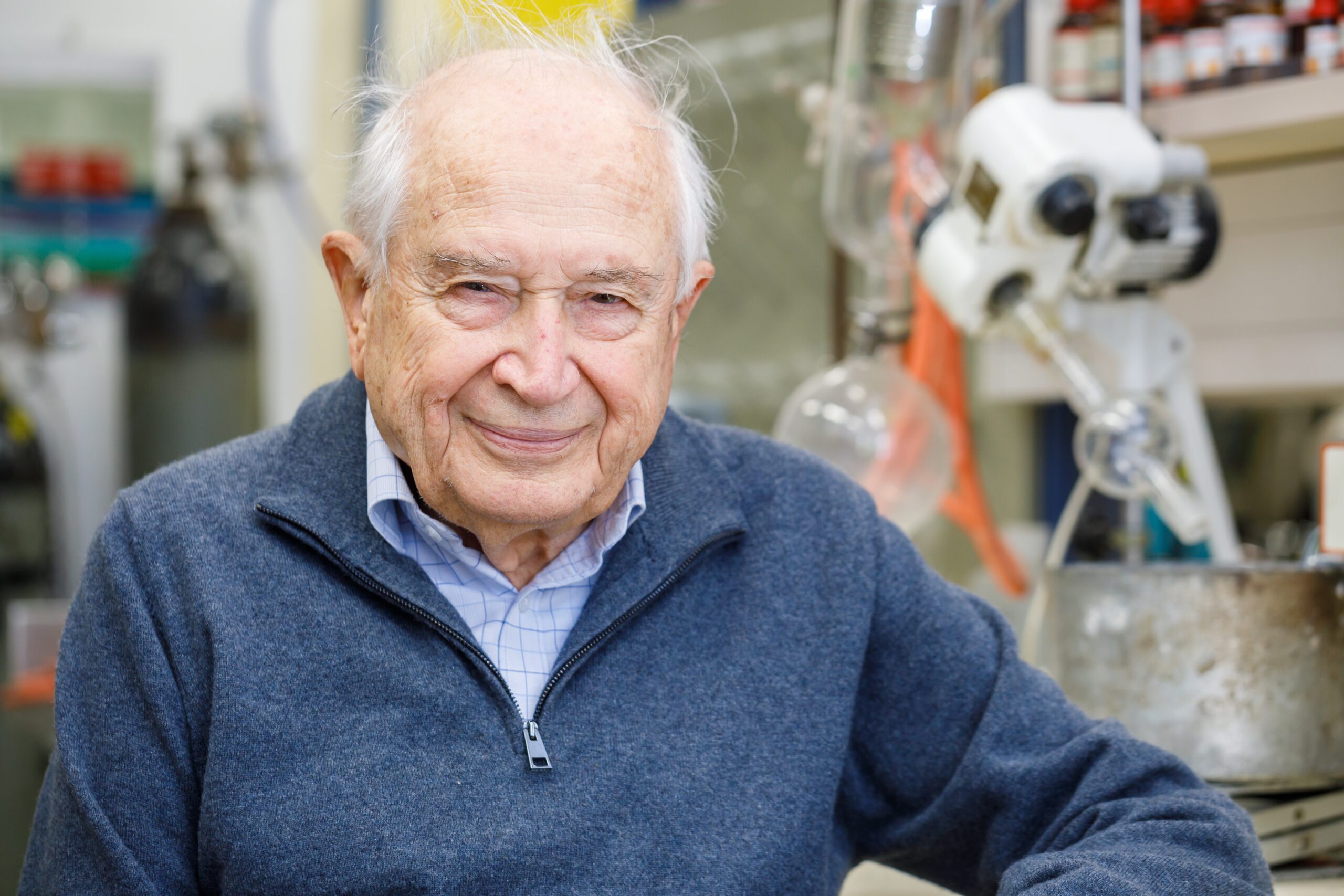 | Raphael Mechoulam
| For his ground-breaking research elucidating the components, mechanisms of action, and implications for human health of the cannabinoid system. His meticulous decades-long discoveries have impacted the medical understanding of the negative implications of drug abuse as well as provided therapeutic promise to a wide range of diseases and pathological conditions and contributed to human well-being. |
| 2019 |  | Joseph DeSimone | For his contributions to materials science, chemistry, polymer science and technology, nano medicine, and 3D printing. His achievements are a model for combining basic scientific discoveries with developments of industrial technologies that have a significant influence on mankind. His pioneering scientific breakthroughs include the use of supercritical carbon dioxide to produce fluoropolymers; a new process for precise fabrication of nanoparticles (PRINT) widely used in medical applications. |
| 2020 |  | James R. Rice | The 2020-2021 Harvey Prize Award is granted to Professor James R. Rice for fundamental and long-standing contributions to the fields of mechanics of materials and geophysics. For the J-integral, and for leadership that enhanced the understanding of friction and earthquakes. |
| 2021 | 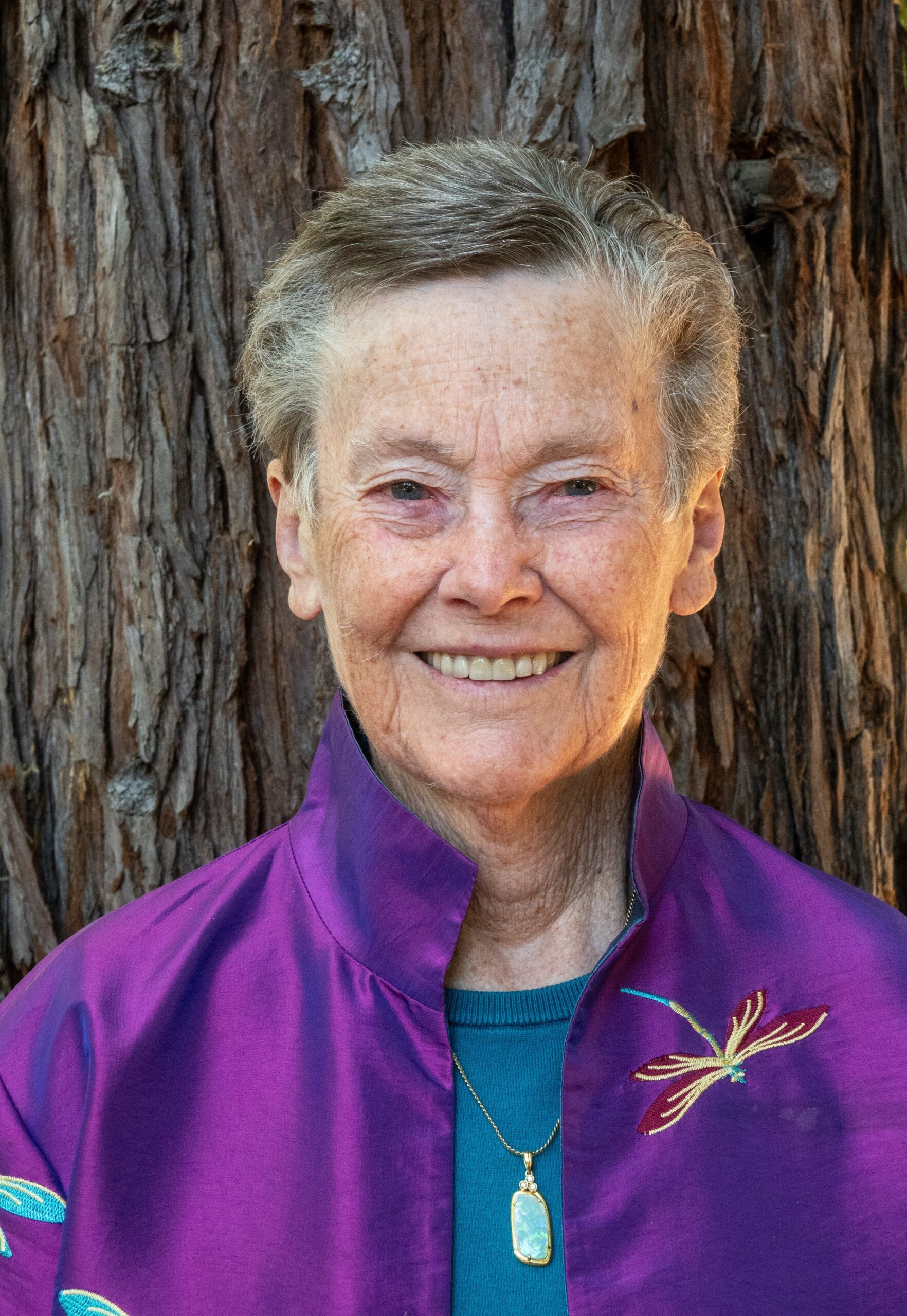 | Professor Emerita Helen Quinn | Prof. Emerita Quinn made seminal contributions that had a major impact in theoretical
physics. Her two major contributions– the Peccei-Quinn symmetry and the Georgi-QuinnWeinberg calculation of ``running’’ coupling constants– have been two of the most significant
and influential ideas about physics beyond the Standard Model of particle physics. They
opened new frontiers in fundamental physics and set the basis for novel theoretical and
experimental research avenues that are important parts of the current research frontier in
the field. |
| 2021 | 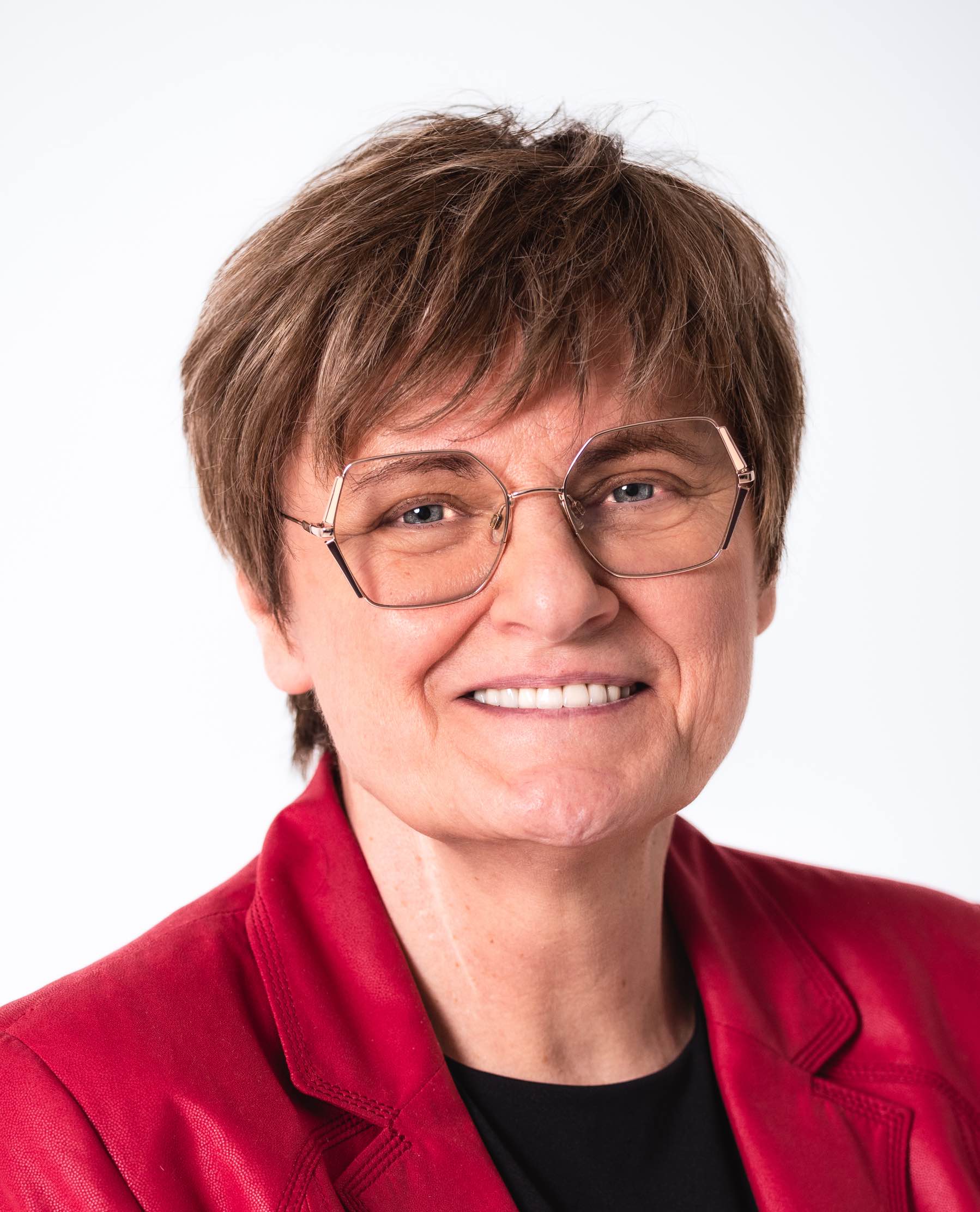 | Professor Katalin Karikó | For engineering modified RNA technology and packaging which enabled rapid development
and delivery of effective COVID-19 vaccines .
Professors Katalin Karikó and Drew Weissman are recognized for their pioneering work
developing nucleoside-modified mRNA thereby successfully suppressing the inflammatory
response and opening the door to RNA-based therapeutics .
Professor Pieter Cullis is recognized for developing the unique lipid nanoparticles that protect
and deliver the mRNA into cells, a platform that was later adapted for RNA-based vaccines .
Together, their fundamental discoveries revolutionized the delivery of effective and safe
vaccines, new types of therapeutics, and potential genetic therapies |
| 2021 | 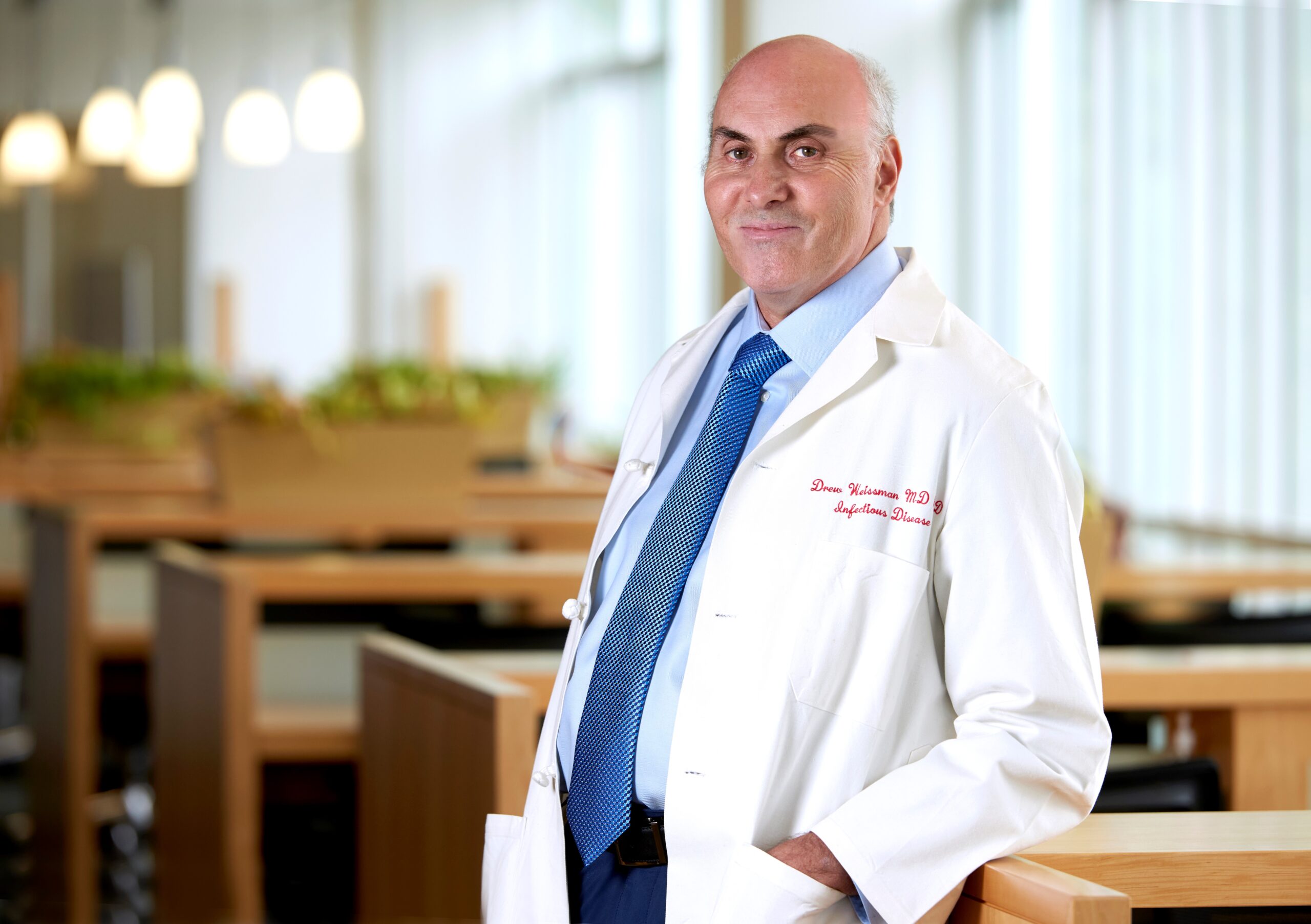 | Professor Drew Weissman | For engineering modified RNA technology and packaging which enabled rapid development
and delivery of effective COVID-19 vaccines .
Professors Katalin Karikó and Drew Weissman are recognized for their pioneering work
developing nucleoside-modified mRNA thereby successfully suppressing the inflammatory
response and opening the door to RNA-based therapeutics .
Professor Pieter Cullis is recognized for developing the unique lipid nanoparticles that protect
and deliver the mRNA into cells, a platform that was later adapted for RNA-based vaccines .
Together, their fundamental discoveries revolutionized the delivery of effective and safe
vaccines, new types of therapeutics, and potential genetic therapies |
| 2021 | 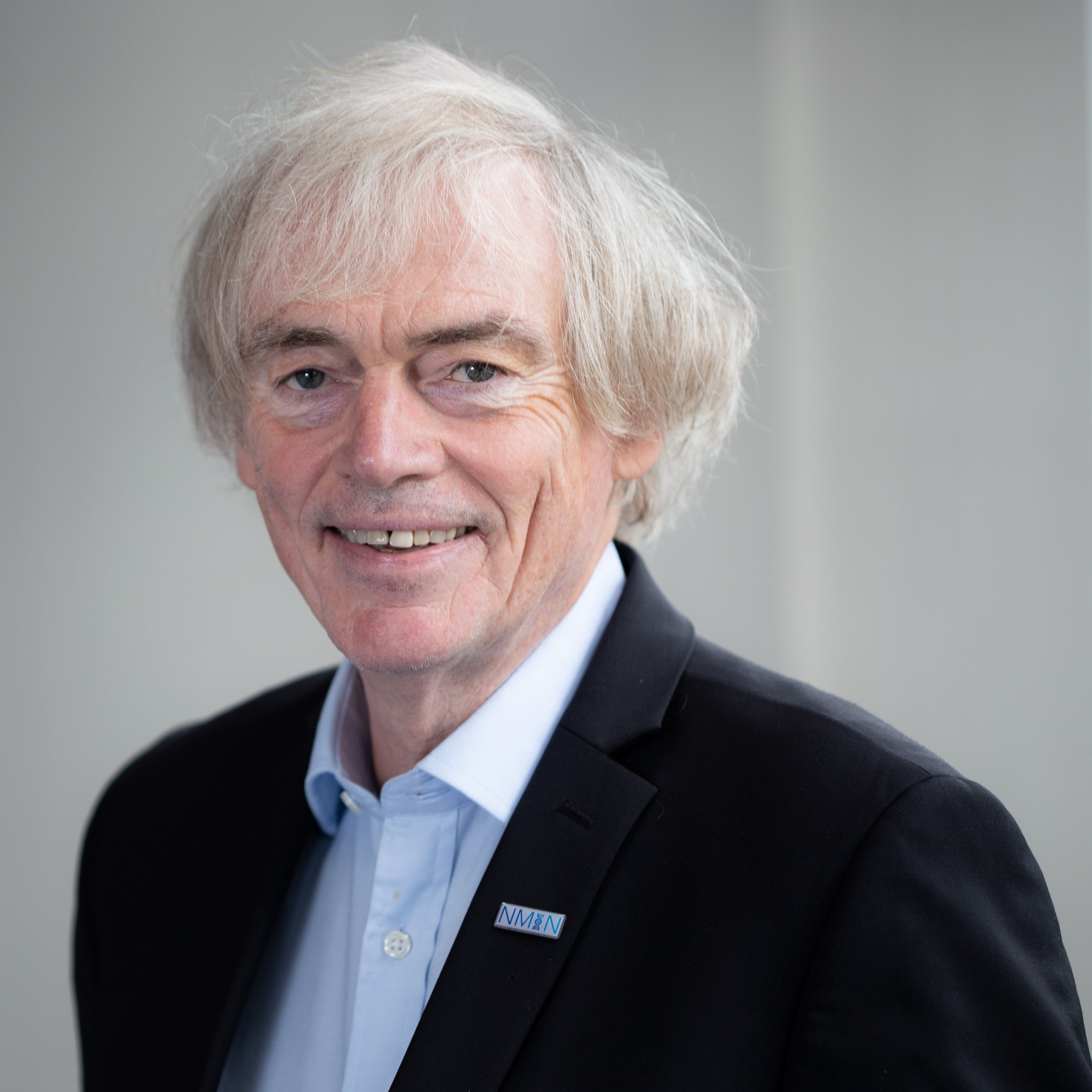 | Dr. Pieter Cullis | For engineering modified RNA technology and packaging which enabled rapid development
and delivery of effective COVID-19 vaccines .
Professors Katalin Karikó and Drew Weissman are recognized for their pioneering work
developing nucleoside-modified mRNA thereby successfully suppressing the inflammatory
response and opening the door to RNA-based therapeutics .
Professor Pieter Cullis is recognized for developing the unique lipid nanoparticles that protect
and deliver the mRNA into cells, a platform that was later adapted for RNA-based vaccines .
Together, their fundamental discoveries revolutionized the delivery of effective and safe
vaccines, new types of therapeutics, and potential genetic therapies |